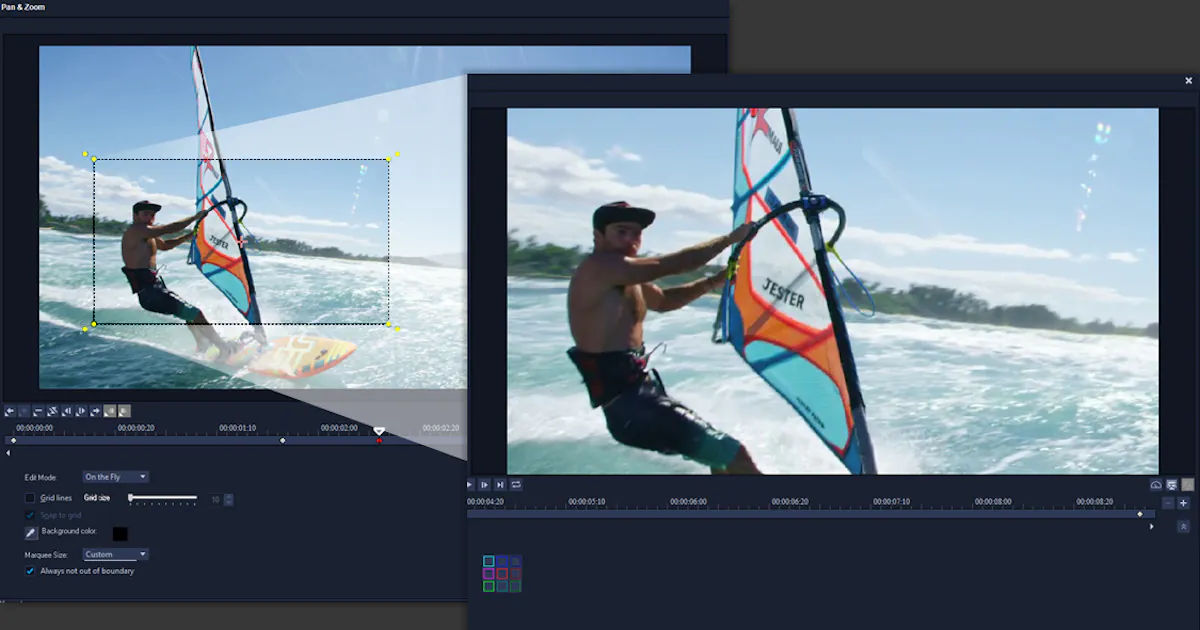

When choosing the best Dash Camera to suit your needs one of the main things to consider is the different front camera choices.
The IROAD X5 and X9 cameras provide continuous all round 1080p filming. If you want to step it up a notch our range topping X10 provides professional grade 4K front filming, partnered with a 1080p Full HD rear camera. The question we often get is what this really means and what difference does it really make.


It’s all in the Pixels
4K and 1080p refer to the number of pixels that are contained in each frame. When playing back your video on either a monitor or TV, video resolution (pixels) is shown in an aspect of 16:9 which is a standard ratio (size) for most playback screens. Since 2009 screens have not come out square. They come out wider than taller (widescreen) so 16 is the number of units wide and 9 is the number of units tall. It is a common standard size parameter that all manufacturers follow.
Strangely this is where the rules changed in measuring 1080p vs 4K. When 1080p (Full HD for the marketing wizards of the time) was introduced on TV’s and monitors the 1080p was a measurement of 1080 vertical pixels and 1920 pixels horizontally. It was a game changer at the time and provided many with a sharp resolution picture.
Fast forward to today and we are now seeing 4K as the standard for TV’s and computer screens. This means each of those screens (having the same 16:9 ratio) has four times the number of pixels in the resolution as a few years ago.


It’s in the maths.
For those maths buffs, 4K screens boasts 2,160 pixels vertically and 3,840 pixels horizontally. This gives a 4K screen 8,294,400 pixels – FOUR TIMES (4K) more pixels on a screen than the older 1080p screen which boasted 2,073,600 pixels. Amazing to think it is four times what we thought was the best only a few years ago.
8K still a way off
Some manufacturers are starting to produce 8K TVs, however it will be a while till they are mainstream as most production shows are still being filmed with new 4K cameras. If you are looking at the large 100” screens for a home theatre, then consider it for future proofing but 8K material is and will be very scarce.


Zooming, cropping and general editing.
Aside from a crisper picture there is a very tangible asset to filming in 4K and that is in the final screen shot or editing.
Only 4K can be cropped, zoomed in up to around 300% or panned for motion without losing any of the image quality that 1080p would suffer from. The loss you would receive in a 1080p edit really depends on the amount you are zooming however there would still be clarity loss.


So, what does all this mean?
There are many things to consider when choosing between IROAD Dash Cameras. The X5 and X9 1080p do a terrific job in filming in 1080p and your footage would be clear for most uses. However, purchasing the X10 to film in 4K not only future proofs your investment but allows you to edit in ways a 1080p would never provide. You never know when you need that crystal clear clarity until you do.
Rest assured any of the IROAD cameras will provide high quality, hassle free filming that is easy to download to your phone or computer for later review. The image quality flexibility you get with the 4K filming however in this writers’ opinion is well worth it for the investment.





